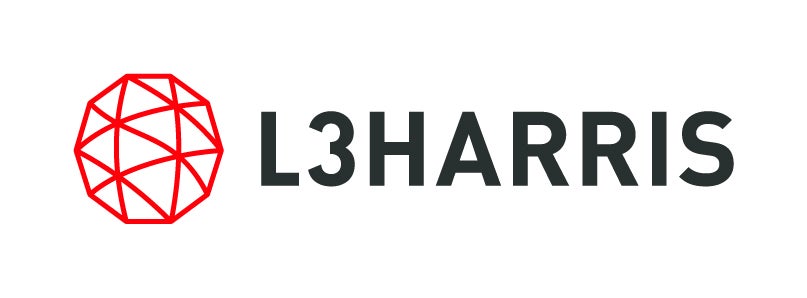SAINT-LAURENT, QUEBEC, CANADA, March 12, 2007 - L-3 Communications MAPPS, a wholly owned subsidiary of L-3 Communications, announced today that it has entered into an agreement with Korea Power Engineering Company, Inc. (KOPEC) to modernize the Wolsong Simulator on behalf of Korea Hydro & Nuclear Power Co., Ltd. (KHNP). The Wolsong Simulator is used by KHNP to support operator training for its 700MW-class Wolsong 2, 3 and 4 CANDU* nuclear power plant units located along the eastern shoreline of South Korea (Republic of Korea) at Yangnam, Kyungju.
With KOPEC serving as project manager, L-3 MAPPS and KOPEC will cooperate in providing new instructor stations, replacing the simulator’s RISC/Unix-based computers with PC/Windows-based servers, and replacing the existing simulation models with higher fidelity models generated with the Chorus™ model generation and update facility for the reactor, and with the ROSE® visual simulation environment for the remaining plant systems. In addition, the simulator’s stimulated Digital Control Computer (DCC) will be replaced by a software-based emulation.
The original Wolsong Simulator was developed by L-3 MAPPS and was put into service in September 1998. The current modernization effort is expected to take 22 months and follows the recent completion of a similar simulator modernization project for Romania’s Cernavoda Unit 1 nuclear reactor.
KOPEC, headquartered in Gyeonggi, Republic of Korea, was founded in 1975 and is Korea’s leading power plant designer and constructor. KOPEC has designed 14 nuclear power plants, including the development of Korea’s next-generation APR1400 nuclear power plant. KOPEC has also designed and built over 40 coal-fired, combined-cycle and cogeneration plants.
KHNP, headquartered in Seoul, Republic of Korea, is the largest power generator in South Korea, owning 29% of the nation’s power generation facilities and supplying 40% of its electricity. KHNP operates 16 nuclear generation units at four sites: Kori, Yonggwang, Ulchin and Wolsong.
*CANDU is an acronym for CANada Deuterium Uranium and is a registered trademark of Atomic Energy of Canada Ltd. The CANDU system is a unique design that uses deuterium oxide (heavy water) as the moderator and coolant, and natural uranium as fuel.
L-3 MAPPS has over 20 years of experience in pioneering technological advances in the marine automation field and over 30 years of experience in delivering high-fidelity power plant simulation to leading utilities worldwide. In addition, the company has more than three decades of expertise in supplying plant computer systems for Canadian heavy water reactors. L-3 MAPPS also provides targeted controls and simulation solutions to the space sector.
Headquartered in New York City, L-3 Communications is a leading provider of Intelligence, Surveillance and Reconnaissance (ISR) systems, secure communications systems, aircraft modernization, training and government services. The company is a leading merchant supplier of a broad array of high technology products, including guidance and navigation, sensors, scanners, fuzes, data links, propulsion systems, simulators, avionics, electro optics, satellite communications, electrical power equipment, encryption, signal intelligence, antennas and microwave components. L-3 also supports a variety of Homeland Security initiatives with products and services. Its customers include the Department of Defense, Department of Homeland Security, selected U.S. Government intelligence agencies and aerospace prime contractors.
To learn more about L-3 Communications, please visit the company’s web site at www.L-3Com.com.
SAFE HARBOR STATEMENT UNDER THE PRIVATE SECURITIES LITIGATION REFORM ACT OF 1995
Except for historical information contained herein, the matters set forth in this news release are forward-looking statements. Statements that are predictive in nature, that depend upon or refer to events or conditions or that include words such as "expects," "anticipates," "intends," "plans," "believes," "estimates" and similar expressions are forward-looking statements. The forward-looking statements set forth above involve a number of risks and uncertainties that could cause actual results to differ materially from any such statement, including the risks and uncertainties discussed in the company’s Safe Harbor Compliance Statement for Forward-looking Statements included in the company’s recent filings, including Forms 10-K and 10-Q, with the Securities and Exchange Commission. The forward-looking statements speak only as of the date made, and the company undertakes no obligation to update these forward-looking statements.

